Ukraine manages to strike deep into Russian territory
In the last two days, Ukraine used old modified Soviet drones to attack Russian strategic bomber bases located more than 500 km from the front line.
Yesterday, at around 6 am (local time), an explosion was reported at the Russian Engels air base. The Engels base is located 600 kms from the Ukrainian border and is one of the main basing points for Tu-95 and Tu-160 strategic bombers to conduct their cruise missile attacks on Ukrainian soil.
Then a second report emerged of an attack on the Dyagilevo air base (Ryazan region), located 240 km from Moscow and 500 km from the Ukrainian border.
The Russian Defense Ministry issued a statement acknowledging the attack:
«On the morning of December 5, the Kyiv regime, in order to disable Russian long-range aircraft, attempted to attack with Soviet-made jet UAVs the military airfields of Diaghilevo in the Ryazan region and Engels in the Saratov region. The Ukrainian UAVs flying at low altitude were intercepted by the air defense systems of the Russian Aerospace Forces. As a result of falling and exploding fragments of the drones on Russian airfields, the hull skin of two aircraft was slightly damaged.»
According to evidence gathered by different media, at least two Tu-95MS bombers from Engels and one Tu-22M3 from Diaghilevo were damaged, and have probably been out of combat for a few months. Pro-Russian media also report that, as a result of the attack, three servicemen were killed and six wounded when one of the Ukrainian aircraft hit a fuel truck on the runway.
Very high resolution satellite image of the damaged Tu-95 at Engels Air Base.
December 5, 2022 https://t.co/hlxd0XsxSB pic.twitter.com/zWaVcDZLM2
— Sarah Hansen (@SarahHa42) December 6, 2022
And in the evening there was another attack, this time on a military airfield in the Kursk region. Again it was allegedly a Ukrainian suicide drone.
Ingenuity at the service of necessity
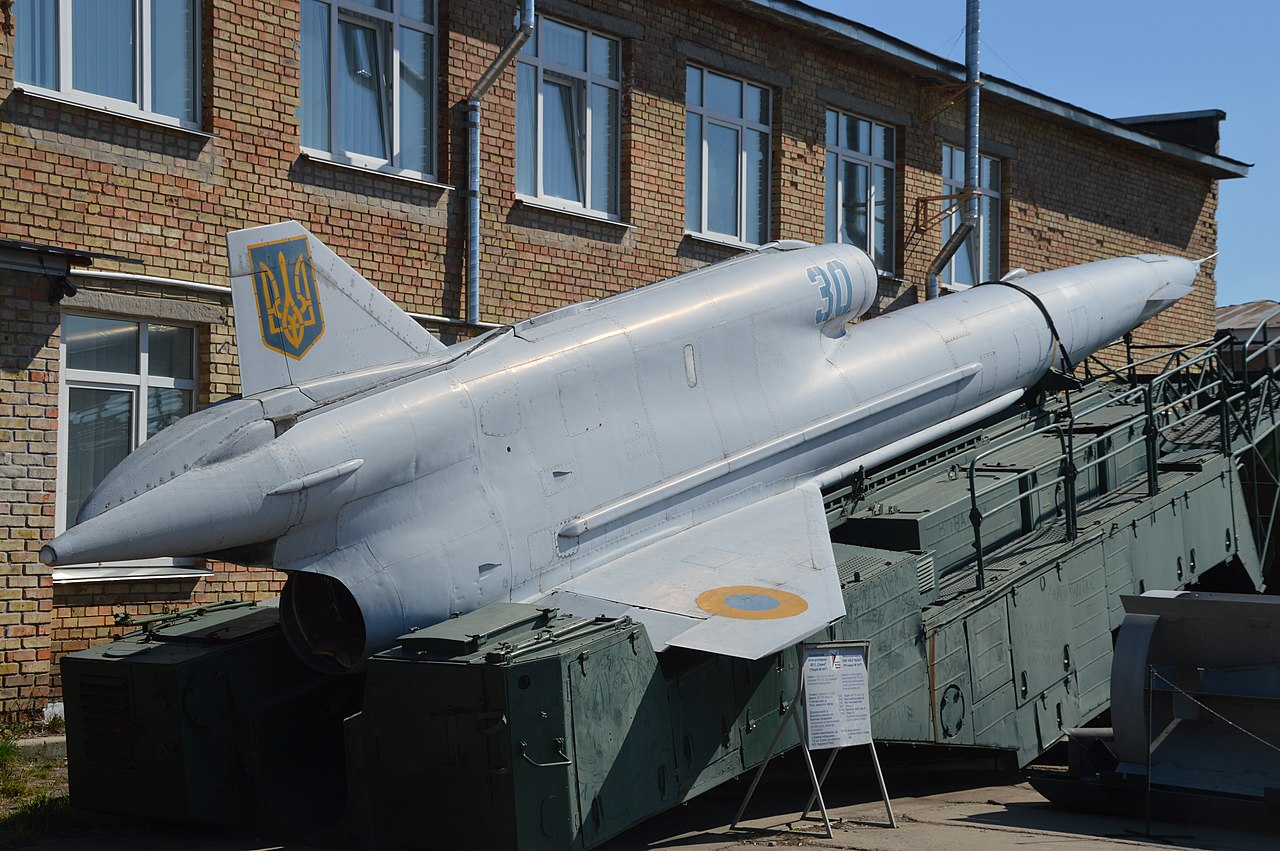
Apparently, Ukrainian forces managed to transform former Soviet Tu-141 Strizh reconnaissance drones into long-range strike weapons with the addition of an improvised warhead.
Tu-141s served in the Red Army, mainly on the western front, between 1979 and 1989. They are remotely piloted aircraft intended for tactical/strategic reconnaissance, as they have a range of about 1,000 km and a speed of 1,000km/h.
After the annexation of Crimea by Russia and the beginning of the Dombas war, Ukraine returned to service the Tu-141s it had at the time of the dissolution of the Soviet Union.
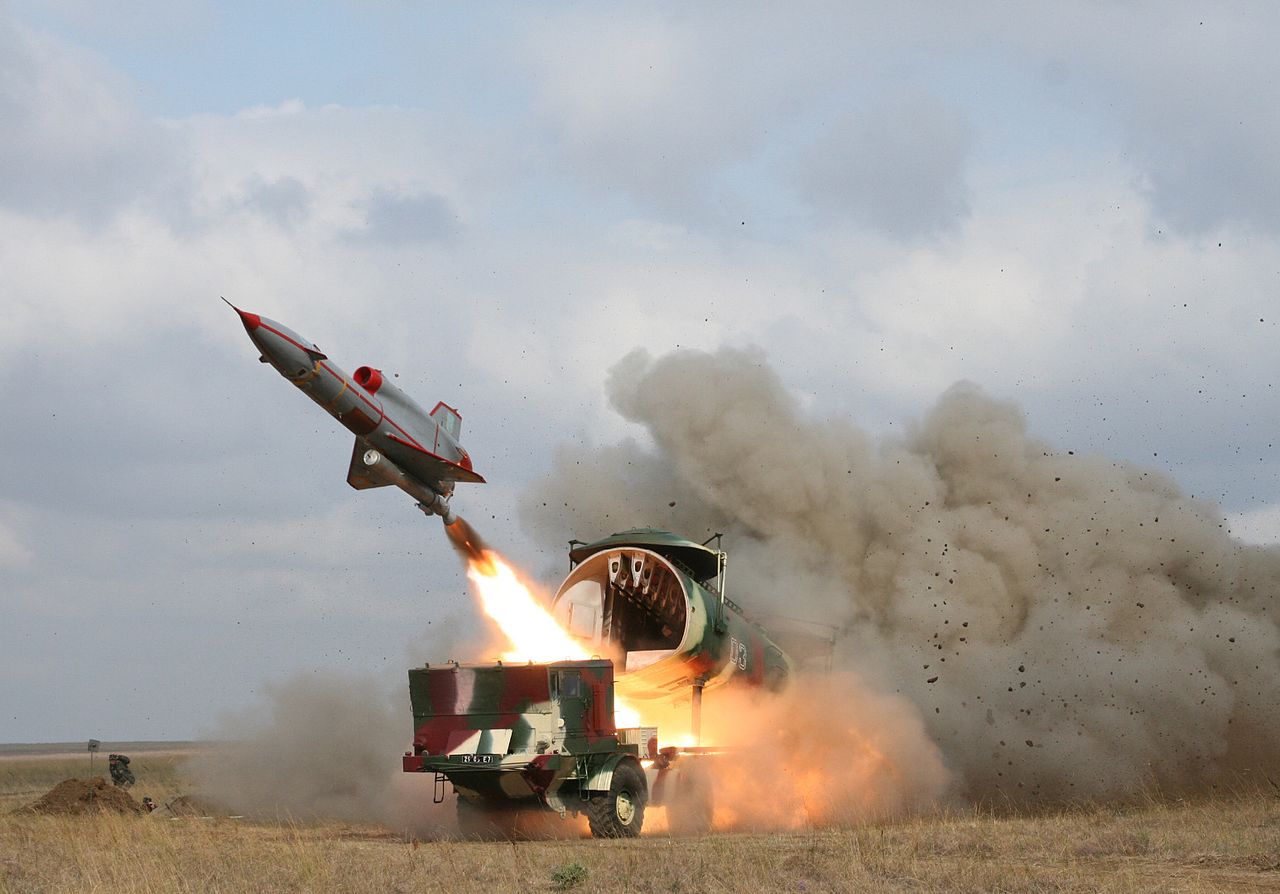
Starting in March of this year, reports emerged that one of these devices landed on Ukrainian soil and that another, after flying over Romania and Hungary, ended up hitting in front of a student campus in Zagreb, the capital of Croatia. Evidently, it took several attempts and adjustments to the guidance system before the Tu-141s could be converted into a fairly effective means.
Effects of the Ukrainian attack
While the attacks on Russian bomber bases did not produce major damage per se, they are significant for several reasons.
On the same day, Moscow unleashed another massive cruise missile attack on critical Ukrainian facilities, causing severe damage to electrical, water and communications infrastructure. It is bombers such as the Tu-95 or Tu-160 that are responsible for launching most of these cruise missiles. The Ukrainian Tu-141 incursion occurred, it seems, during the bombers’ preparation for that day’s attack, when there would be exposed fuel and ammunition. This means that Kiev had good intelligence, which allowed them to optimize their scarce offensive means to achieve maximum damage potential, attacking during the most critical moment of the bombers’ readiness.
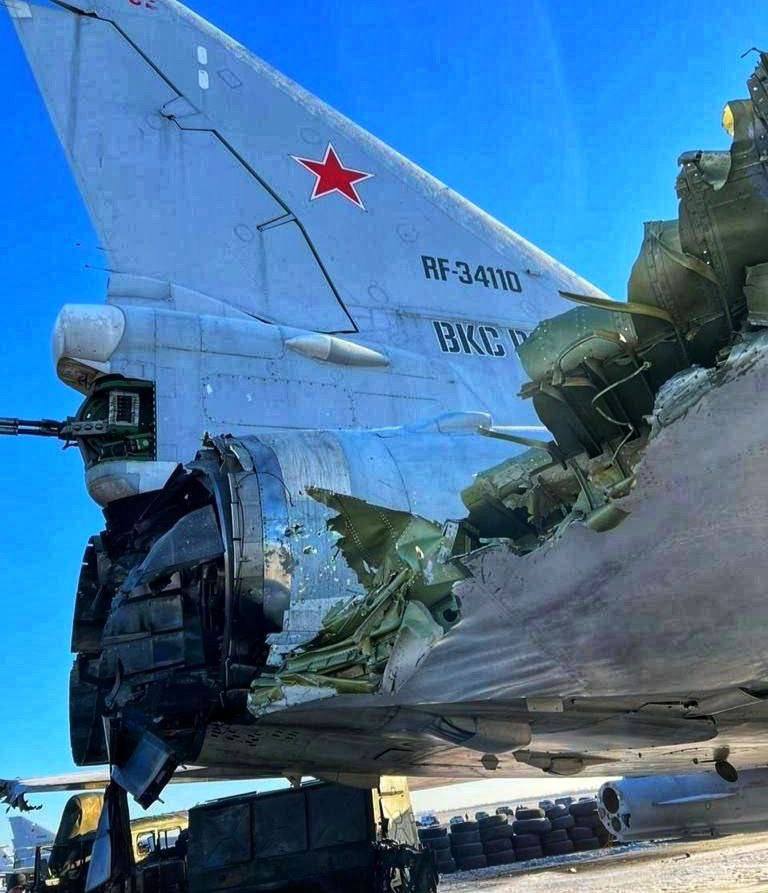
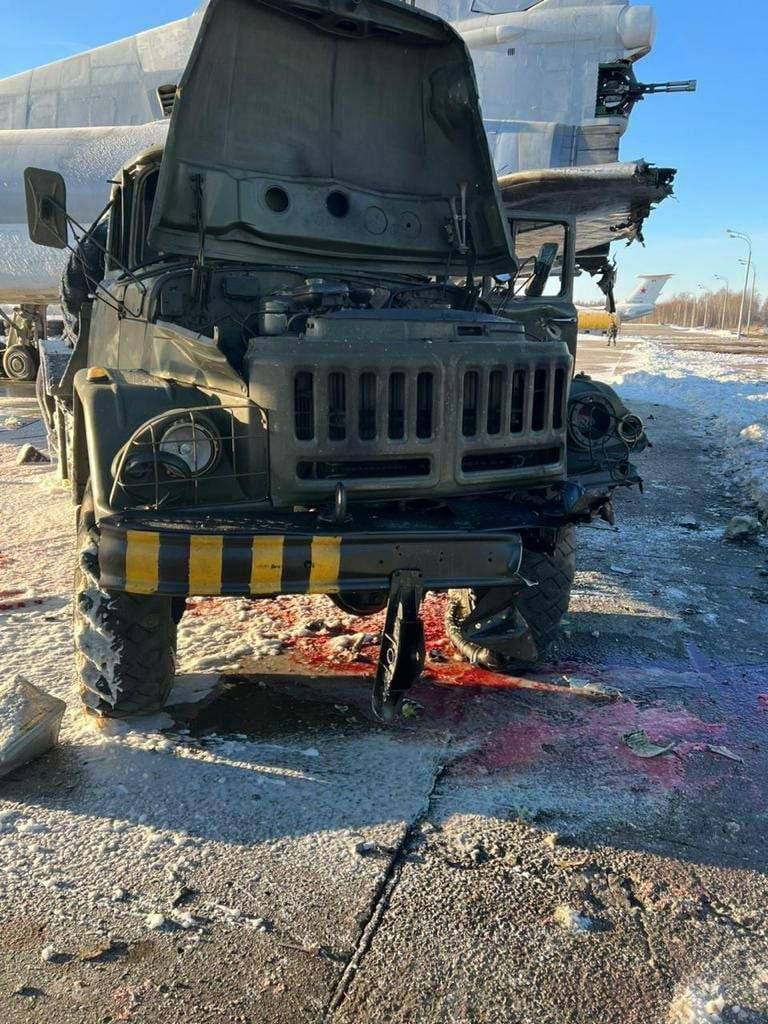
On the other hand, it also sends a message to Moscow that says «we can reach you too.» These were the deepest attacks behind Russian defensive lines so far. Several Russian media wondered where the area defense systems, which should have prevented the attack on these strategically important bases, were. The loss of just one of these bombers would have done very serious damage to Moscow’s war effort and its nuclear deterrent capability.
Russia is going to have to take more seriously the long-range threat posed by Ukraine and deploy adequate defensive assets to protect its most important facilities. And since those anti-aircraft assets do not seem to be in abundance, they will have to be drawn from elsewhere, possibly from the front.

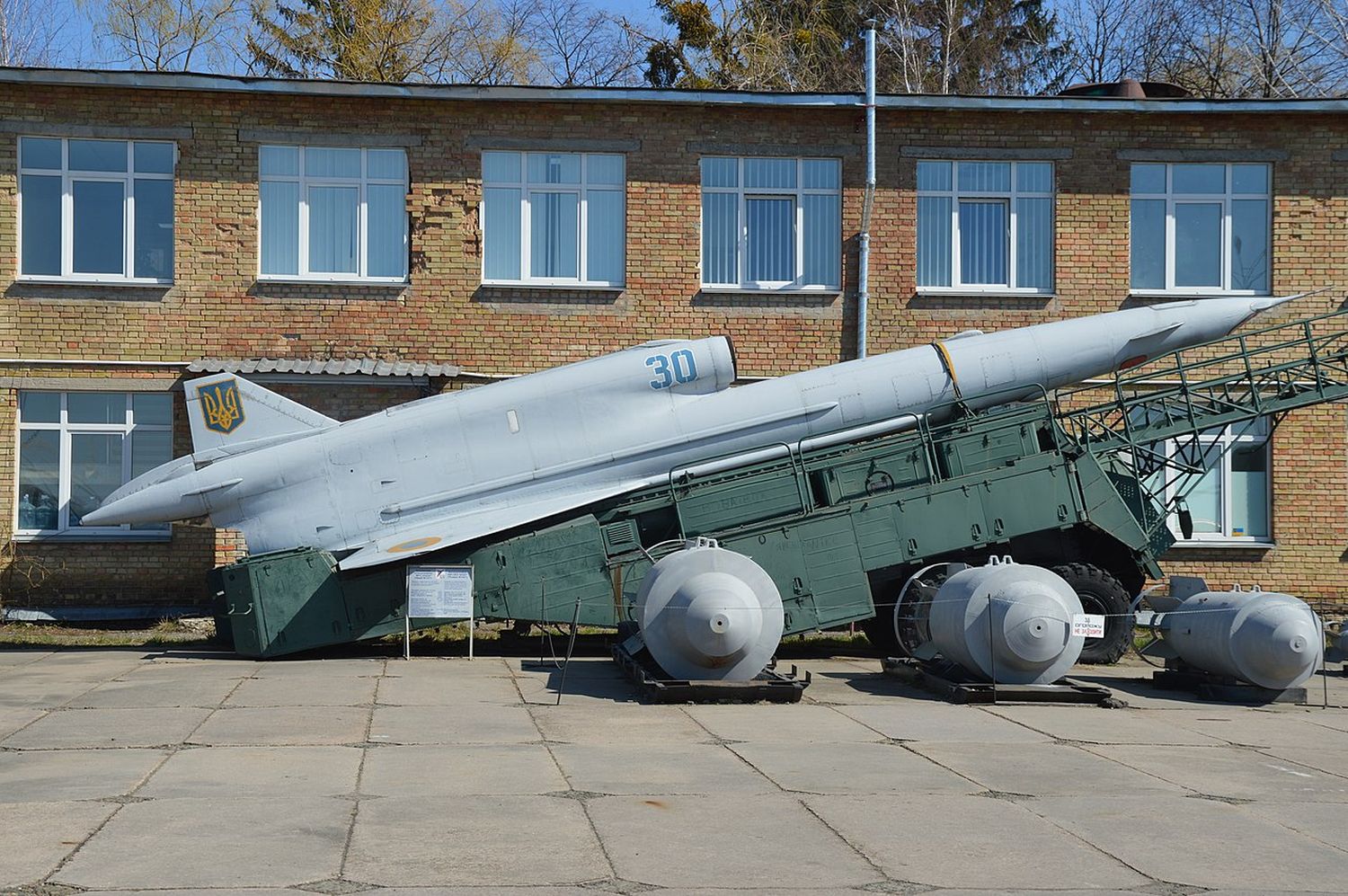
Para comentar, debés estar registradoPor favor, iniciá sesión